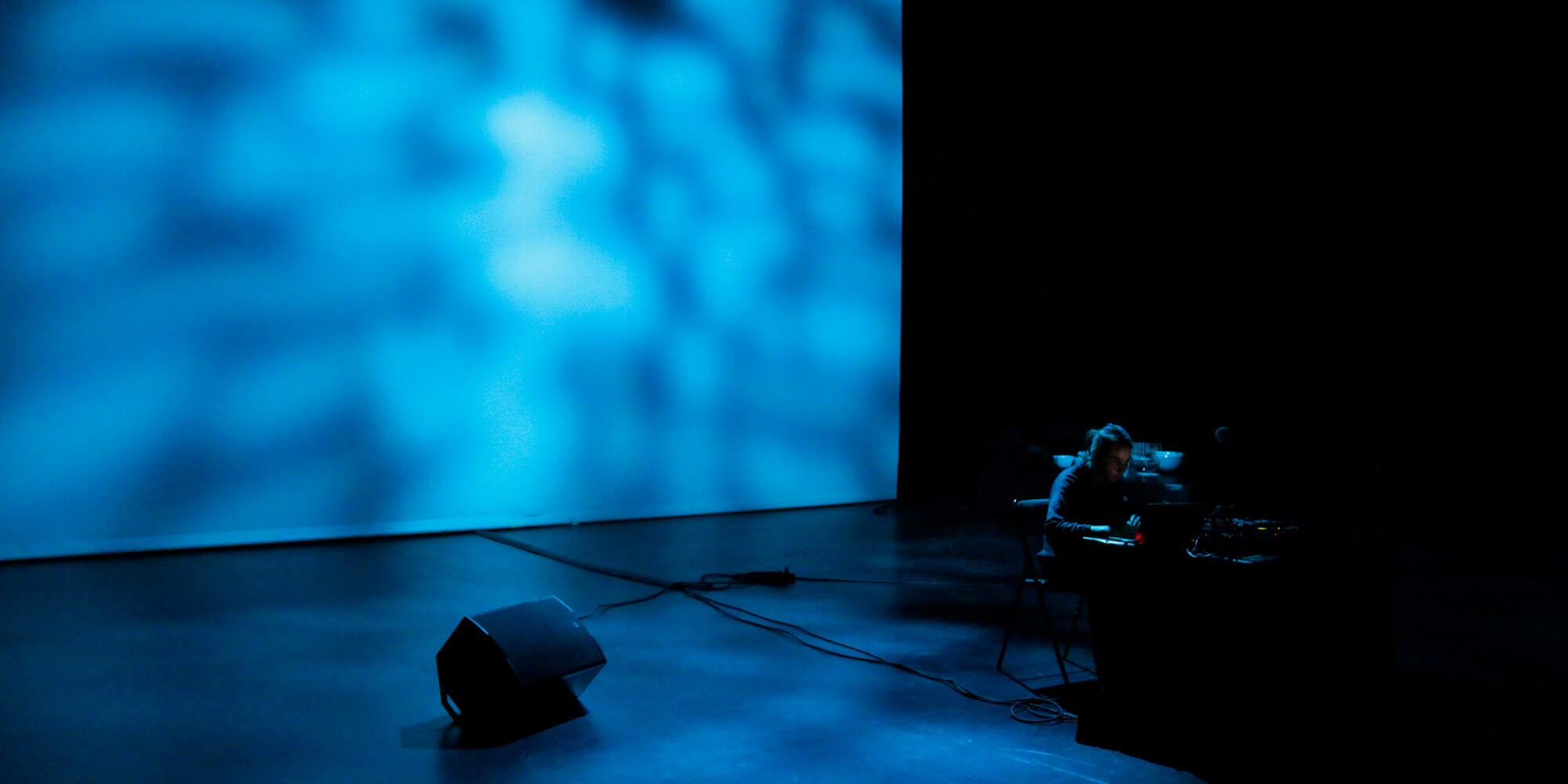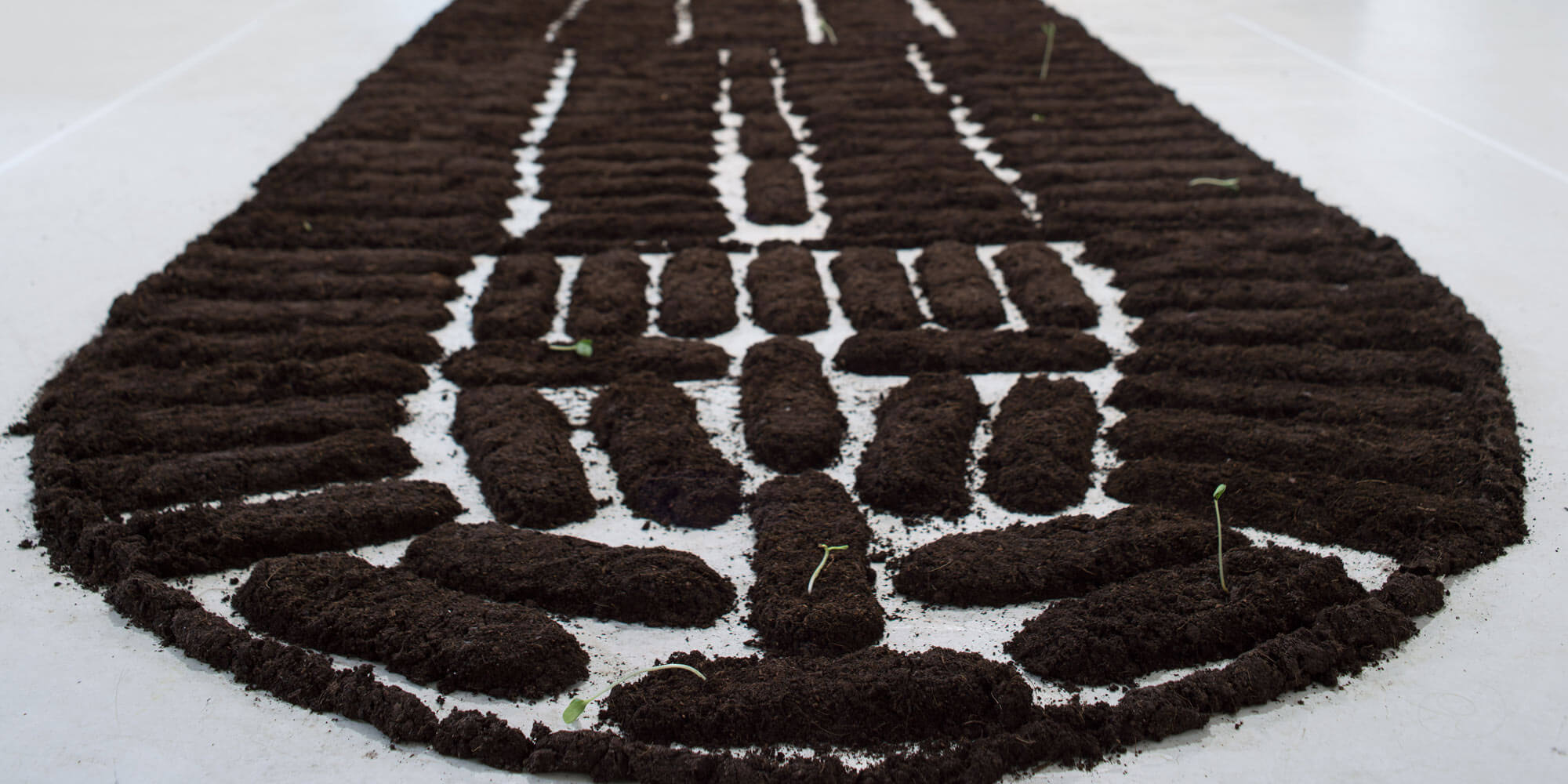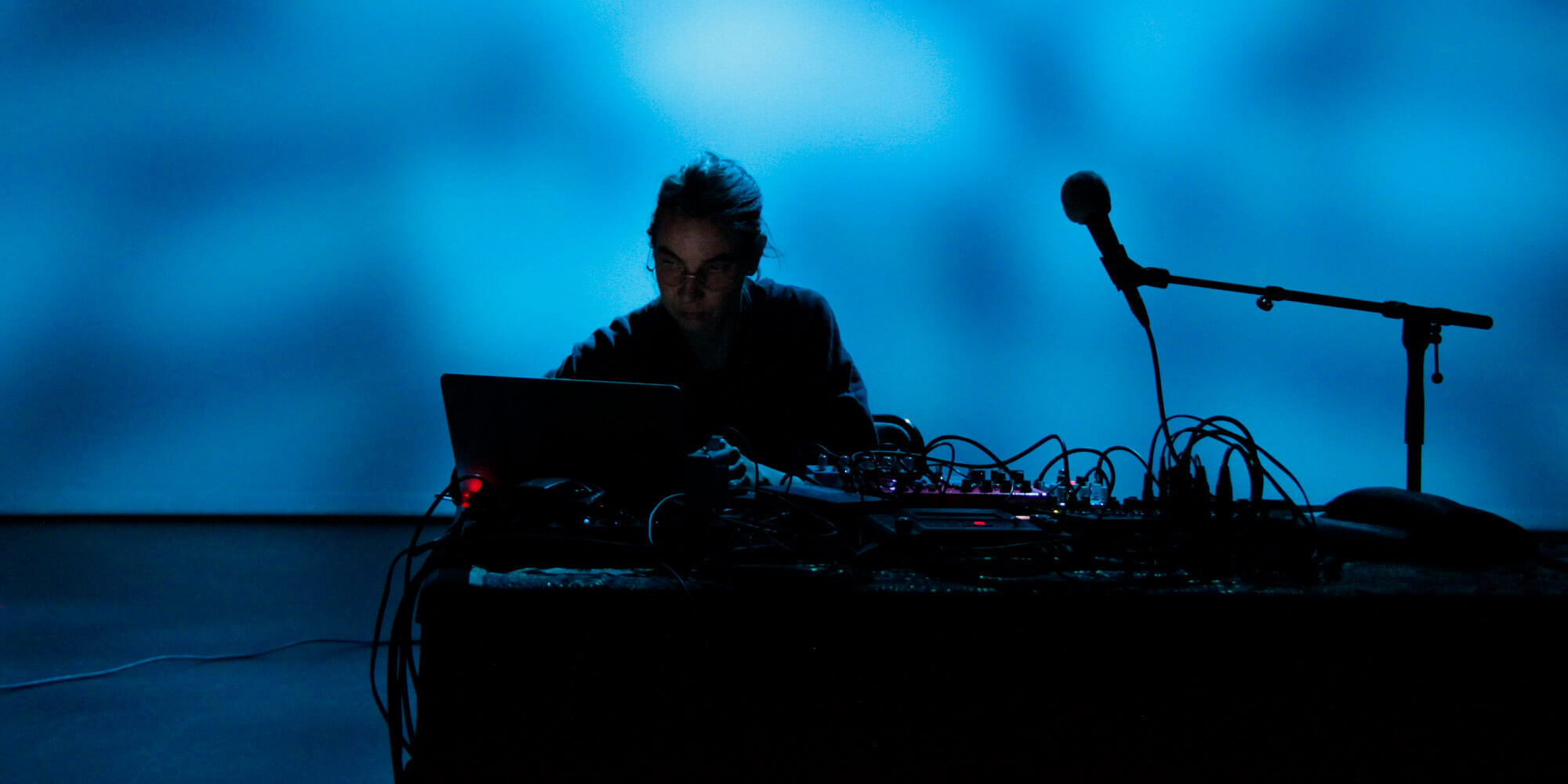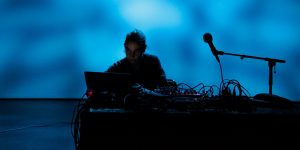The sea’s many sounds have often escaped human ears. For too long, the detachment from this rich ecosystem was based on the inaccessibility of its depth and on the physical impediment that made it impossible for humans to listen to certain frequencies. The water also served to silence the voices of those fading human bodies forced to cross the sea. In their works, artists Binta Diaw, Tomoko Sauvage, and Julie Semoroz actively respond to these overlooked lives and enable us to listen and reconnect with the unheard: finding a bodily frequency connection with whales (Julie Semoroz’s BALEINA), navigating the fluidity of the water ecosystem that is so separate from our earthly balance (Tomoko Sauvage, Fischgeist), and hearing the stories of the many humans trapped in the waters of the sea forever (Binta Diaw, Chorus of Zong). The Mediterranean Sea, one of the oldest bodies of water facing massive ecological damage, the vast Atlantic Ocean, and an abandoned fish market reconnect death and life, past and present, and together they prompt us to ask: How can we learn to listen to them? For the 2021 Ars Electronica Garden festival, TBA21–Academy presents a selection of works resulting from The Sea—Sounds & Storytelling, a collaborative two-day program organized by the Centre culturel suisse (Paris), Istituto Svizzero (Rome), Institut Kunst (Basel), and TBA21–Academy and hosted by La Criée Théâtre in Marseille as part of Les Parallèles du Sud, an initiative by Manifesta 13 Marseille – The European Nomadic Biennial in 2020.
Credits
For the 2021 Ars Electronica Garden festival, TBA21–Academy presents a selection of works resulting from The Sea—Sounds & Storytelling, a collaborative two-day program organized by the Centre culturel suisse (Paris), Istituto Svizzero (Rome), Institut Kunst (Basel), and TBA21–Academy and hosted by La Criée Théâtre in Marseille as part of Les Parallèles du Sud, an initiative by Manifesta 13 Marseille – The European Nomadic Biennial in 2020.









